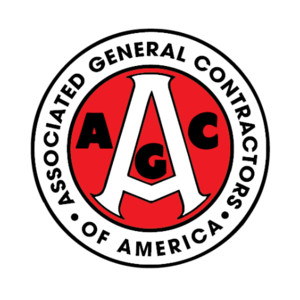Three steps to ensure construction workers are properly classified
 The following excerpt is from an article by Brian Keeley and Jeremy T. Vermilyea of Schwabe, Williamson & Wyatt. Read the full version here reprinted with the permission of the Seattle Daily Journal of Commerce.
The following excerpt is from an article by Brian Keeley and Jeremy T. Vermilyea of Schwabe, Williamson & Wyatt. Read the full version here reprinted with the permission of the Seattle Daily Journal of Commerce.
The DOL now says carpenters, construction workers and electricians may be misclassified as independent contractors, and that most workers are employees.
Two things compound the potential risks for businesses.
First, a business rarely engages a single person as an “independent contractor” in a particular role or context — often a business will engage many “independent contractors” doing the same thing (framers, siding installers, electricians, plumbers, painters, etc.). So if a business is found to have misclassified one worker, this often affects groups of similar workers, multiplying the risk and leading to expensive class-action litigation.
Second, the DOL and IRS share information about suspected misclassifications, and the DOL and L&I do the same thing. The risk is not just that one enforcement agency will reclassify a worker or group of workers, but that multiple agencies will do so. The potential impact could devastate a business.
So what should contractors, architects, engineers and building professionals do? Identifying and addressing these risks is typically a three-step process:
1. Identify all independent contractor relationships. This includes any person or entity that was paid and issued a 1099, even if that entity is a business with its own employees or subcontractors. The entity structure is often ignored in making these determinations.
2. Evaluate those relationships under the state and federal tests. Include every person working on a project or job site, even if the business’s relationship with that person is indirect or through one or more subcontractor relationships. Though the tests are similar, and now hinge strongly on economic dependence, the tests differ. So it might be possible that a person is an employee under L&I’s test for payment of workers’ comp premiums but is an independent contractor for purposes of wage and hour laws or employee benefits.
3. Recharacterize relationships that are truly employee relationships and not independent contractor relationships. In some circumstances, this may involve making some back payments to avoid enforcement penalties.In addition, businesses should evaluate their contracts with their subcontractors to minimize their risk.
The independent contractor/employee issue continues to evolve, and this evolution has not been in businesses’ favor. Businesses that use independent contractors regularly or on a widespread basis face potential risks and costs. Taking preventative steps now could help eliminate or reduce significant liability later.
Brian Keeley is an employment and employee-benefits attorney with Schwabe, Williamson & Wyatt. Jeremy T. Vermilyea is a shareholder with the firm, representing contractors, developers, design professionals and other members of the construction industry.








